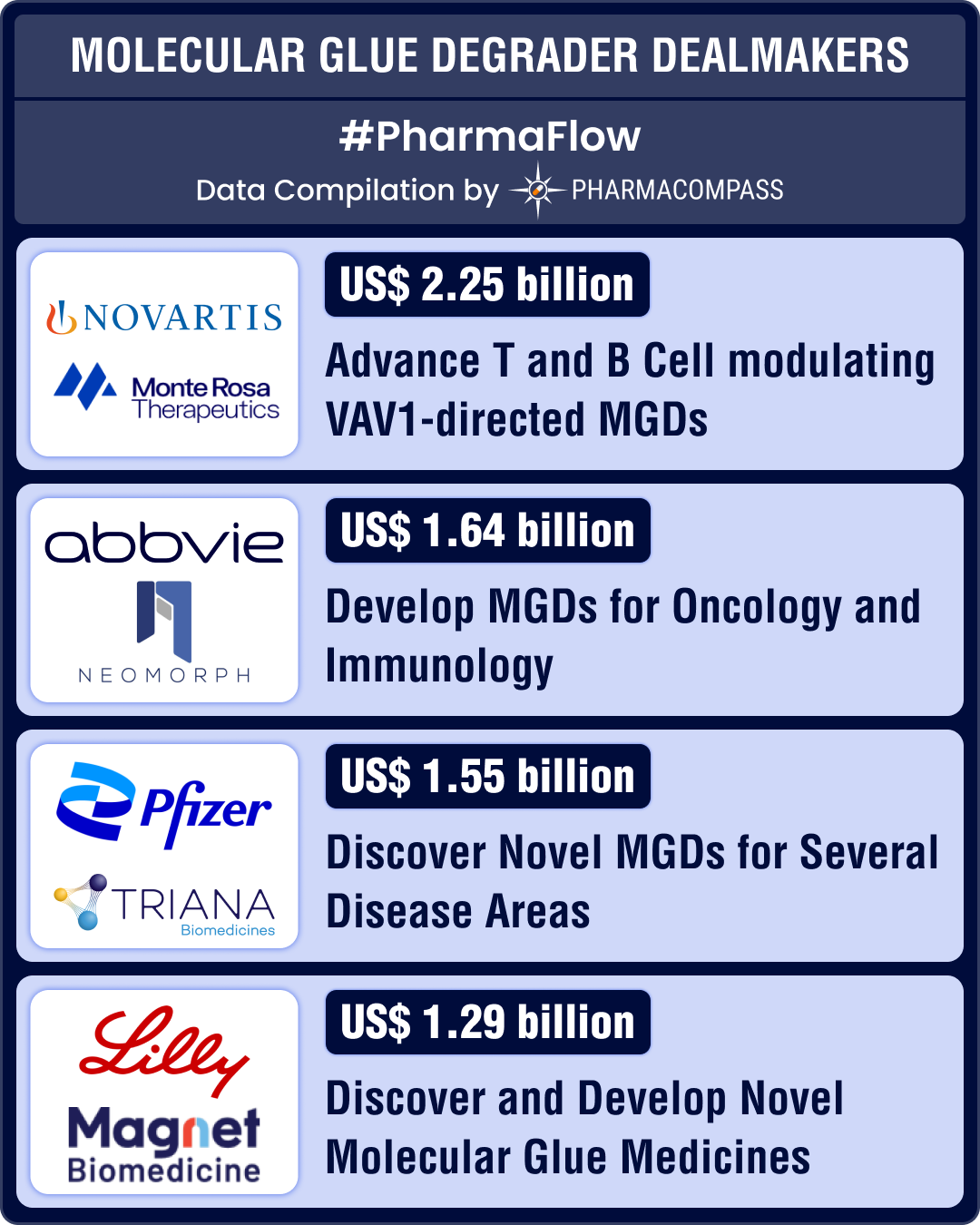
We have seen data integrity issues dominate pharma news headlines, as they have been a major cause of concern in the Form 483s and warning letters issued by the US Food and Drug Administration (USFDA) and in non-compliance reports issued by other regulators to pharmaceutical manufacturers.
Last week, the UK’s Medicines and Healthcare products Regulatory Agency (MHRA) published a guidance document on data integrity expectations that should be considered by organizations regulated by the agency.
The document defines data integrity as “the degree to which data are complete, consistent, accurate, trustworthy, reliable and that these characteristics of the data are maintained throughout the data life cycle. The data should be collected and maintained in a secure manner, so that they are attributable, legible, contemporaneously recorded, original (or a true copy) and accurate.”
This week, we look at some recent Form 483s posted by the USFDA, and analyze the observations in light of MHRA’s guidance document.
The observations at Aurobindo’s Hyderabad unit
While there have been many episodes in the past where inspectors have found batch records in the waste area or deleted electronic files of valid testing results, one begins to wonder if the recent FDA Form 483 observations at Aurobindo Pharma’s Unit IV facility in Hyderabad would qualify as a classical breakdown of data-integrity.
During an inspection performed between February 12, 2018 and February 20, 2018, investigators found that the firm failed to log analytical reference standards that were received in the laboratory one month before the inspection into the laboratory inventory management system (LIMS). The firm also did not store them as recommended on the Certificate of Analysis (CoA).
These observations indicate there is product-related data without the necessary traceability which was not contemporaneously recorded. Looking at the MHRA’s view, the absence of these facets would affect data integrity.
The FDA investigator also noted that the master batch records had different batch codes (document number) than the batch records in use during commercial production.
As batch records used in production are expected to mirror the template of the master batch record, a mismatch between the two documents can either be an operational oversight or an indication of a much deeper problem that can only be ascertained once more information is available.
On its part, Aurobindo clearly mentioned in its filing with the bourses that “none of the observations are related to data integrity”
The FDA investigator also highlighted that Aurobindo’s management took no action after the FDA had highlighted dirty parts with black stains on a filling machine. The firm continued to proceed with filling and “failed to take action to investigate the dirt” and assess “the potential quality impact on the drug product”. Black stains and obvious black marks were observed on equipment that had been sterilized five times.
In Aurobindo’s controlled environment corridor, which has restricted access as the plant manufactures sterile drug products, the FDA investigator also observed a large mosquito.
Concerns at Biocon’s Malaysia and Sun’s Halol facilities
The FDA also shared their recent observations by posting the Form 483s issued to the sterile manufacturing operations of two other major Indian manufacturers — Sun Pharma and Biocon.
Biocon’s plant in Malaysia had the FDA investigator raise concerns over media fill practices — a recurring concern in most sterile drug manufacturing facilities.
The FDA also highlighted the deficiencies found in Biocon’s investigations as deviations. It specified in the Form 483 that Biocon’s “quality unit initiated more than 1,040 deviations from 2015 to 2018, but has failed to extend the investigations of deviations (DR) and OOS discrepancies to other batches and products that were manufactured under similar conditions.”
In one specific year, the FDA investigators found 34 percent of the deviations logged into the system were recurring in nature.
The FDA also raised concern over the accuracy of data as light intensity was not being monitored or calibrated to make things clear for the automated camera used for visual inspection. In addition, the investigators found the procedures for cleaning and maintenance of equipment to be deficient.
The latest FDA inspection at Sun’s Halol facility, which received a warning letter over two years ago, had three observations related to the firm’s operations.
Pharmaceutical manufacturing of sterile medicinal products has the operation area divided into zones. Grade A usually refers to the zone for high risk operations, such as filling and making aseptic connections. Normally such conditions are achieved by using a unidirectional airflow workstation.
During the inspection at Sun, the Grade A area was found to have rough, cracked and uneven surfaces which were difficult to clean. Moreover, the investigators observed extensive use of sealant around all the HEPA filter units.
The environmental monitoring plan for the operations area did not include tests involving contact plates for the operations that experience the greatest traffic during production and set-up activities.
There was also no scientific justification for omitting this specific sampling location.
Our view
The recent concerns emerging at Indian pharmaceutical companies are different in nature to those that were being reported in the past where there were observations of rampant data falsification.
In the backdrop of the latest guidance issued by the MHRA — where data should be attributable, legible, contemporaneously recorded, original (or a true copy) and accurate — the definition of data integrity lapses will continue to get more nuanced and technical.
Therefore, companies should be careful before announcing the absence of any data integrity lapses.
The PharmaCompass Newsletter – Sign Up, Stay Ahead
Feedback, help us to improve. Click here
Image Credit : Question! by Stefan Baudy is licensed under CC BY 2.0
“ The article is based on the information available in public and which the author believes to be true. The author is not disseminating any information, which the author believes or knows, is confidential or in conflict with the privacy of any person. The views expressed or information supplied through this article is mere opinion and observation of the author. The author does not intend to defame, insult or, cause loss or damage to anyone, in any manner, through this article.”






